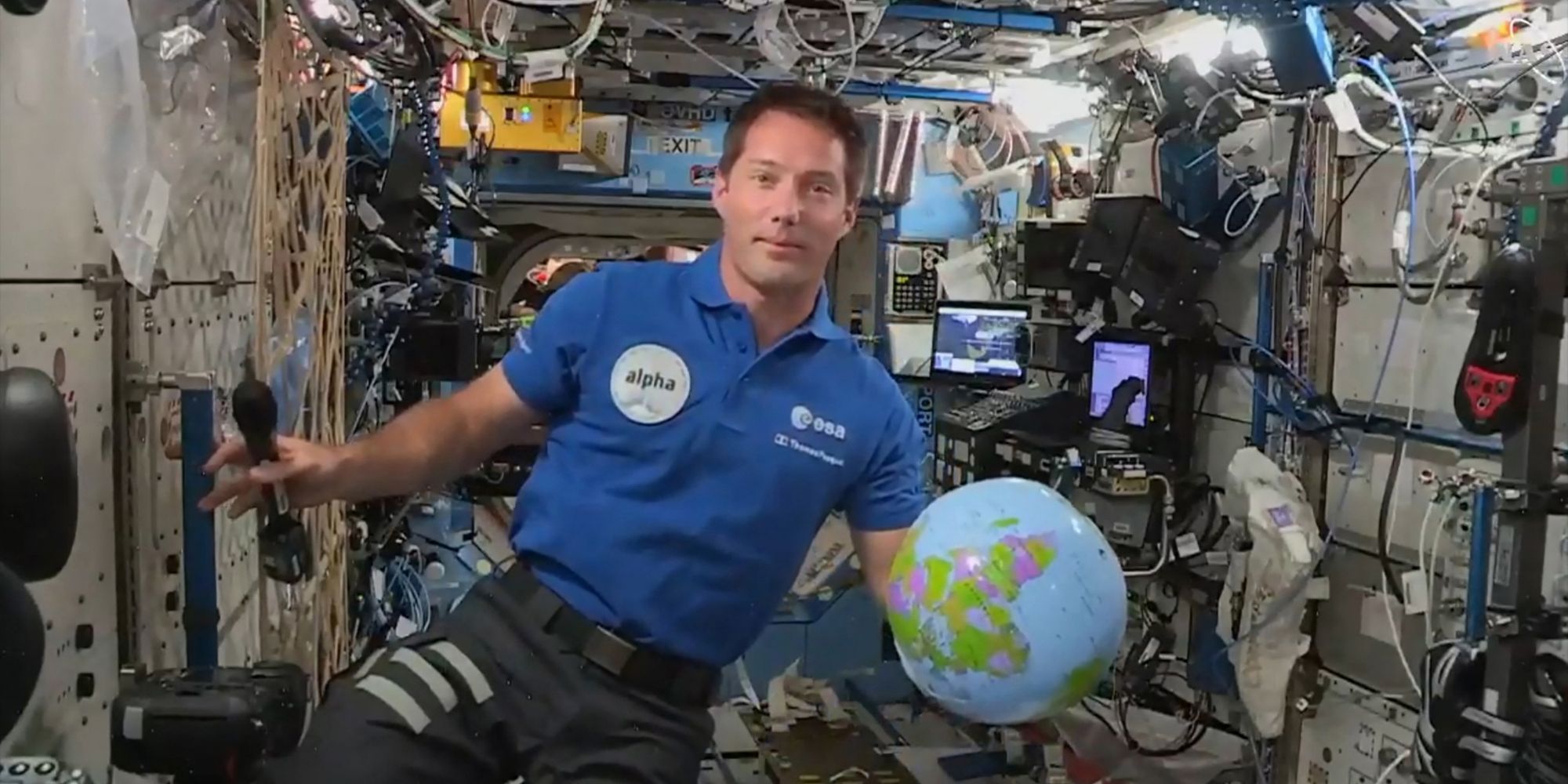Go out into space, with nothing around.
This is Thomas Pesquet's program for the day.
The French astronaut who is currently on the International Space Station is due to install solar panels on Wednesday with his feet in the air.
Europe 1 details the extreme conditions that the astronaut will be confronted with.
To face the space vacuum, to be confronted with temperatures of 150 degrees in front of the sun and -100 degrees in the shade, not to feed.
These are the conditions under which Thomas Pesquet, who arrived at the International Space Station two months ago, will carry out his mission on Wednesday.
He had already done two in 2017, this time it is about installing new solar panels.
>> Find all the newspapers of the editorial staff of Europe 1 in replay and podcast here
Six hours in a vacuum.
On Wednesday, Thomas Pesquet is due to go out into space.
Its mission: to install solar panels.
The French astronaut will not be able to eat, but a small tube inside his spacesuit will allow him to drink a liter and a half of water.
Each movement is repeated and controlled.
But "the astronaut is stuck in a spacesuit" therefore "dexterity is lost" according to Hervé Stevenin, specialist in this subject at the European Space Agency.
In his suit, Thomas Pesquet "won't see much".
An extremely exhausting mission
"In there, you still have to remember: where is my partner and where is my work area? Is everything I am carrying properly secured? Because if there is one that is lost, the mission is over and we have to go home ", details Hervé Stevenin.
In this difficult situation, fatigue increases.
After such a mission, astronauts generally lose four to five kilograms.
The new solar panels that Thomas Pesquet and his colleague have to install are rolled up, are nearly 20 meters long and will have to be deployed.
All this with your legs in the air and the earth below, 400 km away.

